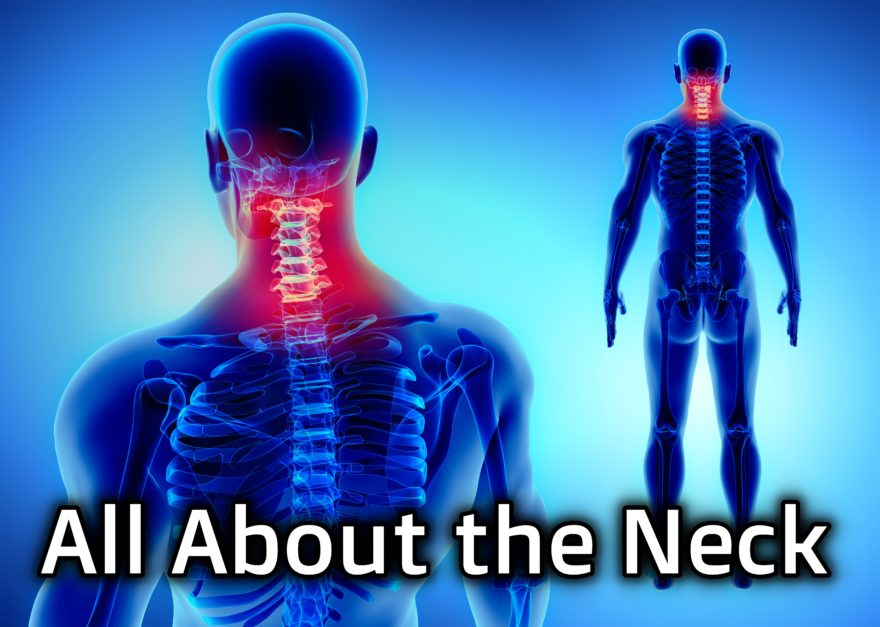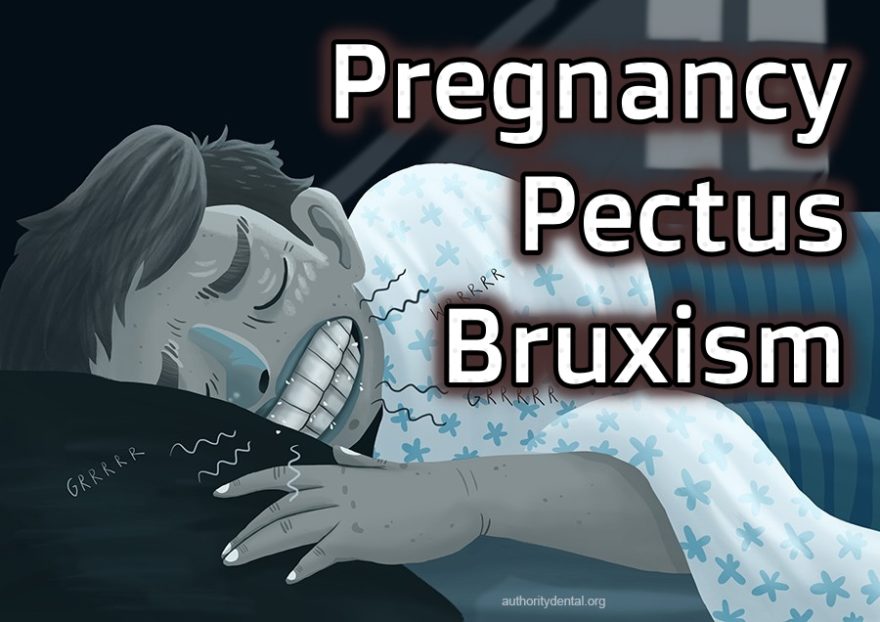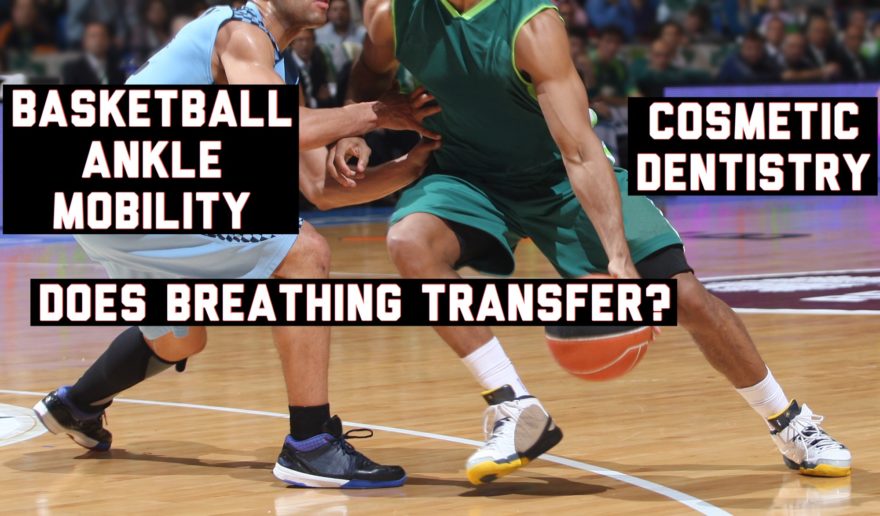Tag: occlusion

All About the Neck
A comprehensive look at cervical biomechanics and exercise The Wu-Tang clan once said “Protect Ya Neck,” but how in the…

Pregnancy, Pectus, and Bruxism – Movement Debrief Episode 106
Movement Debrief Episode 106 is in the books. Below is a copy of the video for your viewing pleasure, and…

Basketball Ankle Mobility, Cosmetic Dentistry, and Does Breathing Transfer? – Movement Debrief Episode 73
Movement Debrief Episode 73 is in the books. Below is a copy of the video for your viewing pleasure, and…
Course Notes: PRI Cervical Revolution REMIX
Note: I made some errors on the first rendition of this blog that were corrected after speaking with Eric Oetter.…


